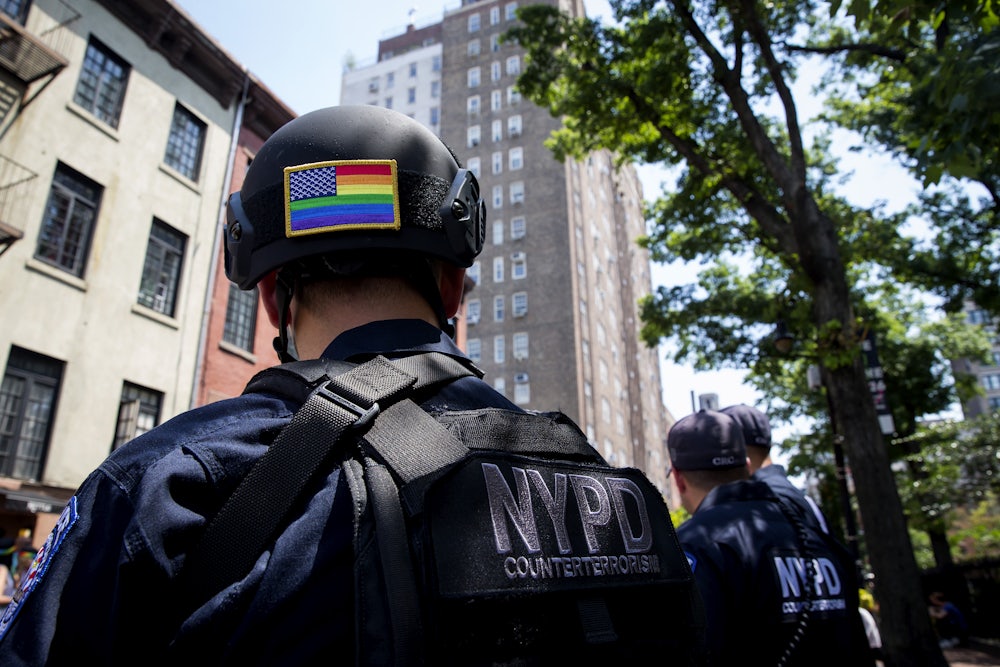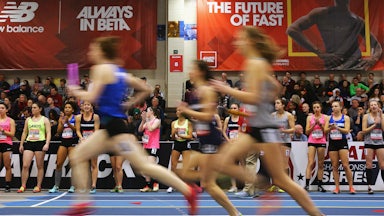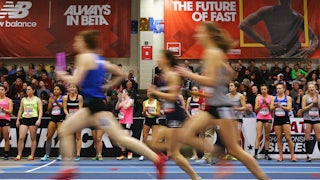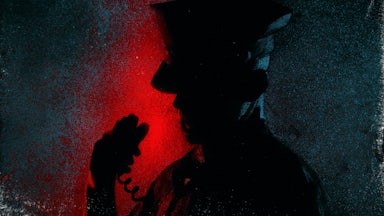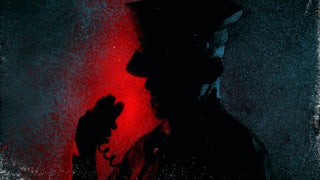The queer right to assemble has long existed in tension with the state, and that’s not resolved with the inclusion or exclusion of police at Pride. This ongoing debate was recently stumbled upon by The New York Times, after the Heritage of Pride, the organization that produces official Pride events in the city, announced that police contingents would be banned from the annual parade until 2025. It is not a new debate, and it will hardly be resolved by the paper of record’s editorial board deeming it a “misstep,” a somehow inappropriate “politicized response.”
Negotiating the distance between us and the state is in fact central to queer politics and defines a good deal of our history. I’m thinking back not to San Francisco’s Tenderloin in 1966 or Washington Square Park in 1973, but to Massachusetts in 1995. Thousands of students—mainly from the Boston area but including those, like me, from beyond its more liberal suburban enclaves down the commuter rail line—filled the streets around the statehouse and marched to the Common. Many were part of gay-straight alliances, or GSAs, still new organizations led by LGBTQ youth in high schools. (That’s a bit of an anachronism already—the Pride stickers widely available, as I recall the ones that made it back to my high school English teacher’s door, only said LGB, even though kids who might now call themselves trans or nonbinary or queer were part of these groups.) The event has been referred to as the first youth pride event of its kind; it was organized in part by the Governor’s Commission on Gay and Lesbian Youth—Governor Bill Weld, a Republican—which had lent institutional support to those first GSA student groups.
Despite the stamp of approval of the governor’s office, just launching our school’s GSA had immediately put us at odds with the administration, so something like “official” backing for us felt confusing and contingent at best. None of this was particularly informed by knowing our history. At 15 and 16 and 17, just out or barely out, we were already used to being watched and punished by those who believed they were really in charge of us.
So when we encountered the same police force that followed queer teenagers trailing drugstore glitter and obscene homemade stickers denouncing Jesse Helms around South Station and the mall at Copley Plaza assigned to Youth Pride, that they could not be there may not have even been a discussion. Our just being there may have been celebrated, but it was still a kind of disorder, something cops were designed to contain. I don’t even remember any explicit encounters that day, just a general sense that, despite the permits that allowed us to end the march at the Hatch Shell and watch a bunch of bands—Letters to Cleo?—we were still getting away with something, whether that was from police or from the Church or from parents, it all collapsed together in oversimplified white suburban angst.
The demands that we must not only accept but welcome a police presence at Pride today feel so far detached from that experience, as if transmitted from some kind of imaginary “It Gets Better” utopia we allegedly arrived at with Obergefell six years ago. I took this detour to the 1990s, meanwhile, not just because I was there but to emphasize that even when the state lends permission to LGBTQ public assembly, police once openly tasked with undermining that right will still be dispatched. Maybe they twine rainbow Mardi Gras beads around their service weapons now. “Love is love,” but aren’t cops cops?
As much as Pride may be a sigh of relief, it is also a reminder of how fragile that room to breathe together can be. Sometimes it is Pride organizers themselves who have tacitly approved when armed agents of the state, in their mind, preserve that space from disruption from other queer people. In 2017, police in Columbus, Ohio, arrested a group who would go on to be called the Black Pride 4, who had interrupted the parade to protest police killings and the exclusion of Black and brown trans and queer people from Pride. The protesters had locked arms and asked for seven minutes of silence in recognition of Philando Castile, days after the officer who killed him was acquitted. “The crowd laughed and cheered and said ignorant things,” said Wriply Bennet, a Black trans activist and artist who was arrested. That same year, police made arrests when activists in New York also interrupted the Pride parade. One banner they marched with read, “There Are No Queer Friendly Cops.” The crowd outside Stonewall reportedly cheered the police on.
If you were to return to those same Boston streets in 2019, you may have encountered police who were made quite welcome at another Pride event—a so-called Straight Pride, backed by far-right groups. The Straight Pride people were vastly outnumbered by counterprotesters and by police, who arrested 34 of the counterprotesters, unleashing pepper spray, using their cop bikes to ram people back and away from the “Pride” parade so that cars bearing alt-right microcelebrities might pass unmolested. By then, three years into the Trump administration, those on the far right were openly seeking power by aligning themselves with archaic sex and gender norms still more palatable than white nationalism, though, for them, inseparable from it. They were also turning up all that summer at “Drag Queen Story Hour” protests organized by MassResistance, now one of the groups pushing an anti-trans youth panic in state legislatures—and which first launched in 1995, when a dad in Newton, Massachusetts, claimed gay adults were out to recruit children, as evidenced by Boston Youth Pride.
“Today, at a time when Republican legislatures are attacking transgender rights across the country,” wrote the Times editorial board, “it’s a strange moment for the L.G.B.T.Q. community to be closing the door on some of its own and missing an opportunity to broaden its coalition”—as if the mass introduction of bills governing our gender and sexuality was somehow divorced from the ongoing policing of LGBTQ people. No matter how many mayors and governors support, let alone appear at, Pride events now, they still sit atop a power structure maintained by police. The same police, under the guise of “quality of life,” routinely surveil and arrest trans and queer people for existing in public in ways they deem disorderly. All this is playing out in a country where basic protections from anti-LGBTQ discrimination in education, housing, and health care are still the subject of debate in Congress, and which has been seized for nearly a decade now by real mass resistance to police violence against Black people, including Black queer and trans people.
There have always been rebellious responses to Pride’s alignment with state and corporate power. Since the 1990s, the Dyke March has rejected official permits and the policing that comes with “official” Pride events. In Boston, it also kicked off in 1995, inspired by a 1993 Lesbian Avengers demonstration in Washington, D.C., summoning dykes from across the country and attracting 20,000 to march on the White House. This year, Boston Dyke March encouraged community members to “join us in urging Mayor [Kim] Janey to renegotiate the city’s contract with the Boston Police Department’s Union, slash overtime pay, rein in BPD spending, and redirect funds to civilian programs that actually reduce violence.”
Resisting the policing of Pride is a process. My colleague Jo Livingstone captured this from New York’s 2020 Dyke March, unfolding alongside the summer’s racial justice uprising, trying to offer solidarity while also acknowledging the racism within queer politics. “A question hovered over the Manhattan Bridge as we walked along it, calling the names of dead people over the water: Will the broader LGBT movement heed the call to commit to anti-racism, or is this alliance a temporary and partial one?” wrote Livingstone. It’s one thing to refuse to ask for permission from police; it’s another to confront the ways white queers do harm, as well.
“The idea that we should now forgive the past and make peace with oppressive police forces is ludicrous. It is infuriating,” wrote Roxane Gay in The New York Times, in her response to both Jonathan Capehart at The Washington Post and the Times editorial board’s insistence police must be welcomed at Pride. What they are also asking for would amount to a collective hallucination, that the policing of gender and sexuality by the state was a thing of the past.
Police seize power in our political imaginations, too. Of course they want to be at Pride. It’s not a sign of progress. And accepting that should lead us to a more honest and important question: Rather than debate the presence of police at Pride, we can ask, who does it serve to have police at Pride?
